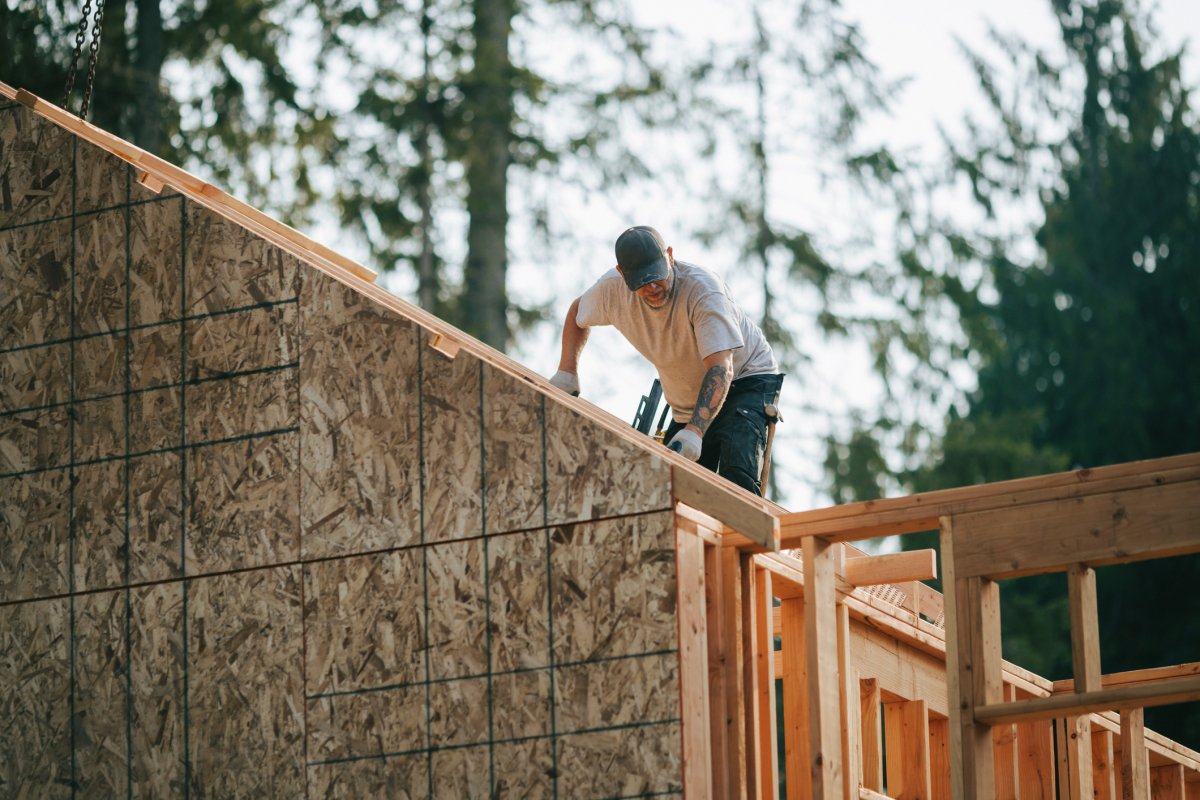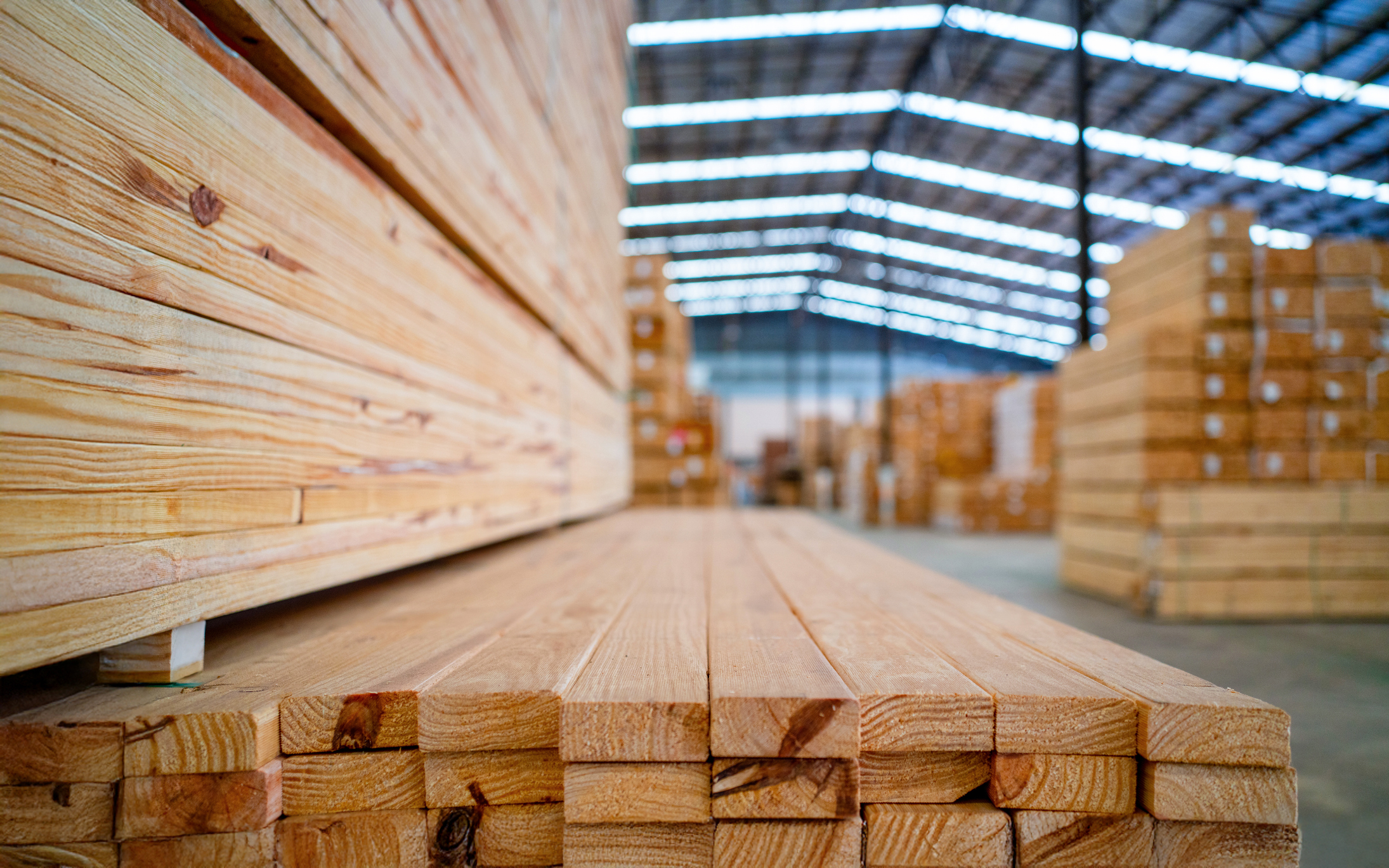

We may earn revenue from the products available on this page and participate in affiliate programs. Learn More ›
As one of the largest sectors in the global economy, the construction industry is striving to become more sustainable in response to growing environmental concerns such as climate change. Materials used in buildings and infrastructure account for a large portion of energy use and greenhouse gas emissions, so there is increasing demand for more eco-friendly alternatives.
One area is in the lumber sector, which is looked to as a renewable alternative to materials like concrete and steel that come with a substantial environmental footprint. Producing cement, for example, creates 2.3 billion metric tons of carbon dioxide per year, and production of iron and steel creates about 2.6 billion metric tons. However, traditional wood is not as strong as these other materials, ultimately limiting its use in construction projects.
To remedy this shortfall, a group of researchers from Florida Atlantic University, working in conjunction with experts from the University of Miami and Oak Ridge National Laboratory, set out to try and create wood as strong as steel. Here we discuss how the researchers developed iron-infused wood and what it means for the future of the construction industry and beyond.

How Scientists Developed Iron-Infused Wood
As explained in a recently published journal article, the researchers essentially injected wood with iron and other minerals into the walls of wood cells to create a sustainable alternative to concrete and steel. A special type of hardwood known as ring-porous wood—that comes from broad-leaf trees like oak, maple, cherry, and walnut—was preferred for the experiment because there are large, ring-shaped vessels in the wood that transport water from the roots to the leaves. For the study, researchers used red oak.
The iron was introduced into the wood through a simple chemical reaction that involved mixing ferric nitrate with potassium hydroxide to form ferrihydrite, a safe iron oxide mineral commonly found in soil and water. The researchers then tested the wood and found that this simple, cost-effective chemical method using a safe mineral strengthened the wood while adding minimal weight. They were able to improve the durability of the wood by increasing the stiffness by 260.5 percent and hardness by 127 percent. Yet, the way in which the wood bends and breaks didn’t change.
Iron Infused Wood is a Sustainable Breakthrough
This research is a major breakthrough in sustainable material science that can result in more energy-efficient and eco-friendly construction and design in the future. The widespread use of this new wood can help reduce carbon emissions and waste. The process itself is environmentally friendly, since it involves nontoxic particles. This also means that the wood won’t be an environmental or safety threat when discarded or recycled at the end of its life. By developing stronger wood using safe, cost-effective methods, this invention will hopefully inspire additional bio-based materials to be used for construction and in other fields.

How This Invention Can Transform the Construction Industry
Like the inventions of bioluminescent wood and mass timber, creating iron-infused wood is poised to transform the construction industry. Although iron-infused wood is still experimental and not ready for commercial use yet, this innovation could significantly minimize the construction industry’s environmental footprint. Therefore, this could be a game changer in how architects, designers, builders, and other key players in the industry operate.
Over time, more sustainable bio-based materials like iron-infused wood could one day replace traditional materials like steel and concrete in the construction industry. The researchers involved in this study are optimistic that their work will help advance the construction industry and even other sectors in a more sustainable manner to address major global challenges. They expect that this new material will inspire even more innovation to develop greener products.
